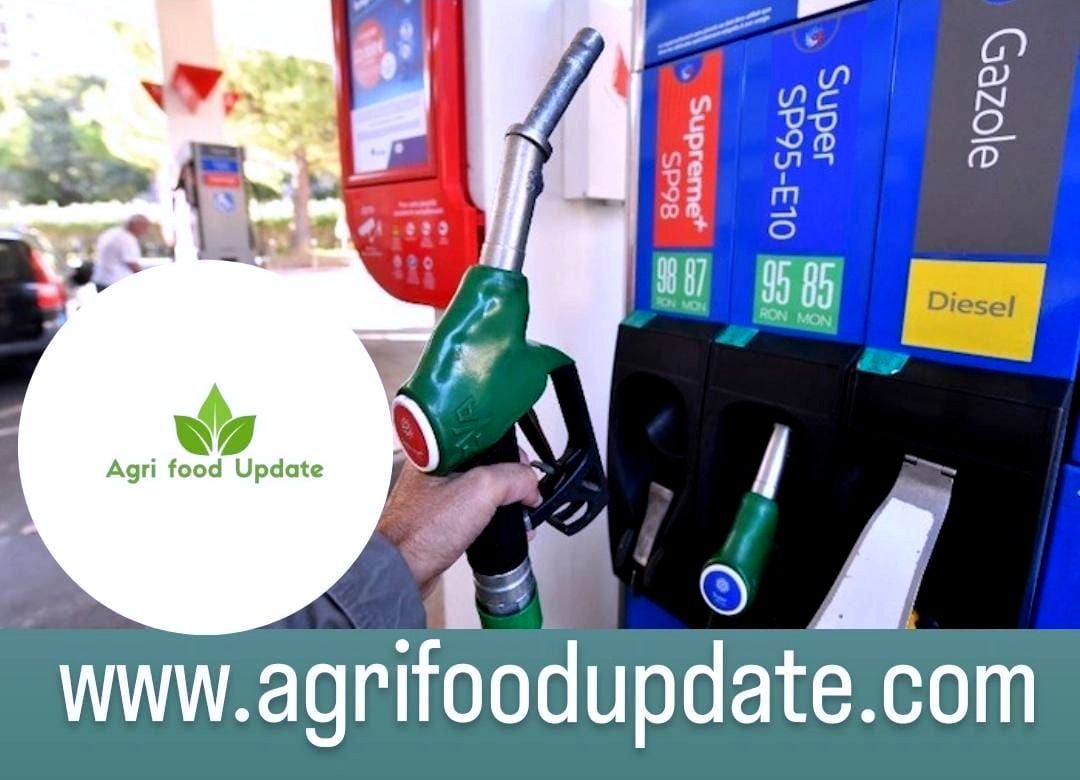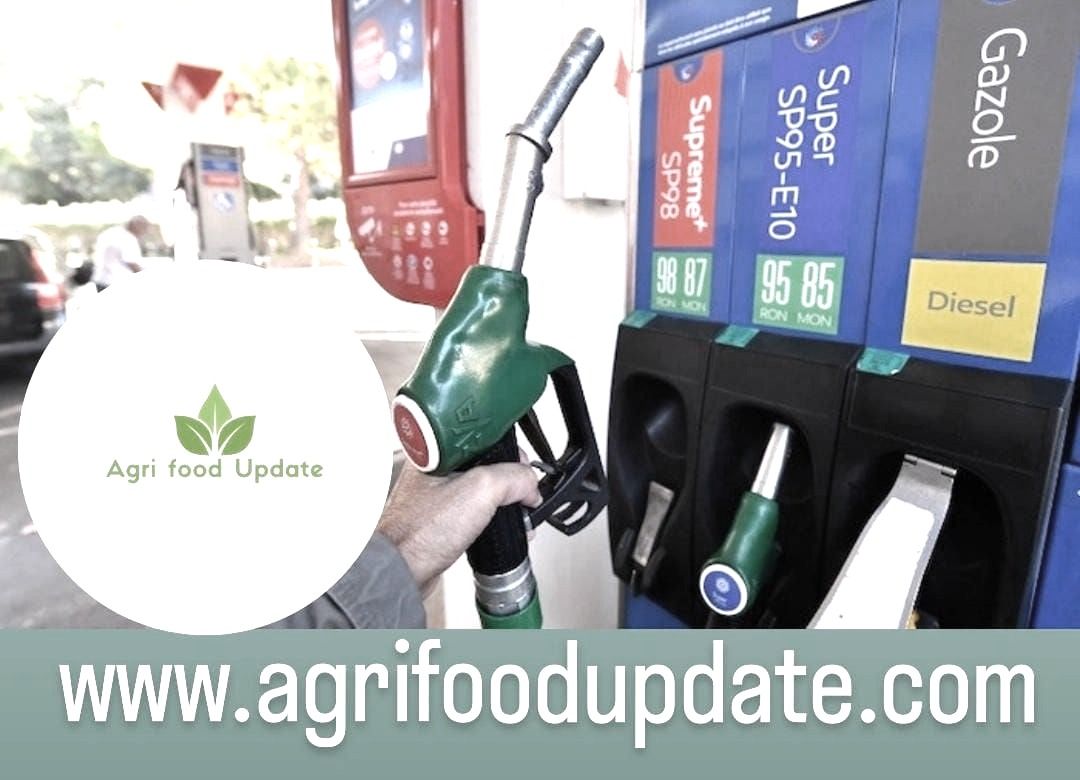
New Delhi, September 2025 — India’s ambitious shift to E20 fuel (petrol blended with 20 % ethanol) is running into increasing public resistance, with drivers, automakers, and sugar millers raising concerns—and the government pushing back firmly.
The government achieved its target of nationwide E20 rollout by April 2025, ahead of schedule.
The stated goals: reduce dependence on oil imports, support farmers by increasing demand for ethanol feedstocks (sugarcane, maize, surplus grains), and lower emissions.
Officials also emphasize that life‑cycle analysis suggests ethanol from sugarcane and maize can reduce greenhouse gas emissions by 50–65 % relative to petrol.
Many drivers, especially owners of older cars, report reduced mileage and slower acceleration under E20.
A Mahindra executive acknowledged that while E20 is “safe,” it may curb performance in some vehicles.
The government counters that any drop in mileage is “marginal” and that vehicles may need replacement of certain rubber parts or gaskets.
The Ministry of Petroleum claims E20 can even lead to better acceleration and ride quality under some conditions, arguing that mileage is influenced by many variables (driving habits, maintenance, tyre pressure, etc.).
Choice & Consumer Rights
- Critics argue that motorists have been forced into E20, since older options (E5, E10, unblended petrol) have been phased out at many fuel stations.
- A PIL (public interest litigation) challenging this forced shift—to preserve the option for non‑ethanol petrol—was dismissed by the Supreme Court.
- A survey by LocalCircles found that 66 % of vehicle owners oppose the E20 mandate; only 12 % support it. Many respondents asked for fuel stations to offer multiple blend options (E5, E10, E20).
Private sugar mills in Maharashtra allege the procurement policy discriminates against them—favoring cooperative mills and dedicated ethanol plants—despite private mills reportedly producing the majority of ethanol.
The Indian Sugar & Bio‑Energy Manufacturers Association (ISMA) has defended the blending programme, calling claims of engine damage “misleading” and stressing the national importance of ethanol blending.
Union Minister Nitin Gadkari has strongly refuted allegations that the policy benefits specific business interests or harms vehicle owners. He described negative campaigning as a “false and paid campaign.”
- He also accused a “petrol lobby” of stoking panic over the rollout.
- Amid criticism, Gadkari once remarked: “My brain is worth Rs 200 crore a month,” in a broader defense of his intentions and integrity in pushing the programme.
Risks & Trade‑offs
- The shift toward grain-based ethanol (corn, rice) is already affecting cropping patterns: farmers are reportedly reducing oilseed cultivation in favor of cereals used for ethanol, putting India’s edible oil self‑sufficiency at risk.
- The surplus from ethanol production, specifically distillers’ dried grains with solubles (DDGS), is flooding the feed market, lowering demand for traditional oilmeals and depressing oilseed prices.
- Concerns about water usage, land diversion, and long-term sustainability remain significant among critics.
Despite vocal opposition, petroleum authorities insist the ethanol drive is irreversible.
Automakers are scrambling to issue clearer guidance to users about E20 compatibility, especially for older models.
The debate may intensify as India eyes E30 blending by 2030.
What remains uncertain is how the government will balance consumer trust, technical compatibility, crop policies, and environmental goals as the greenlash mounts.



